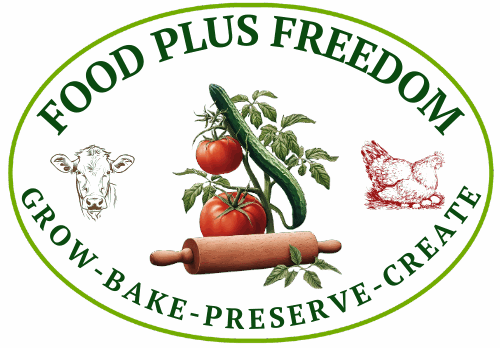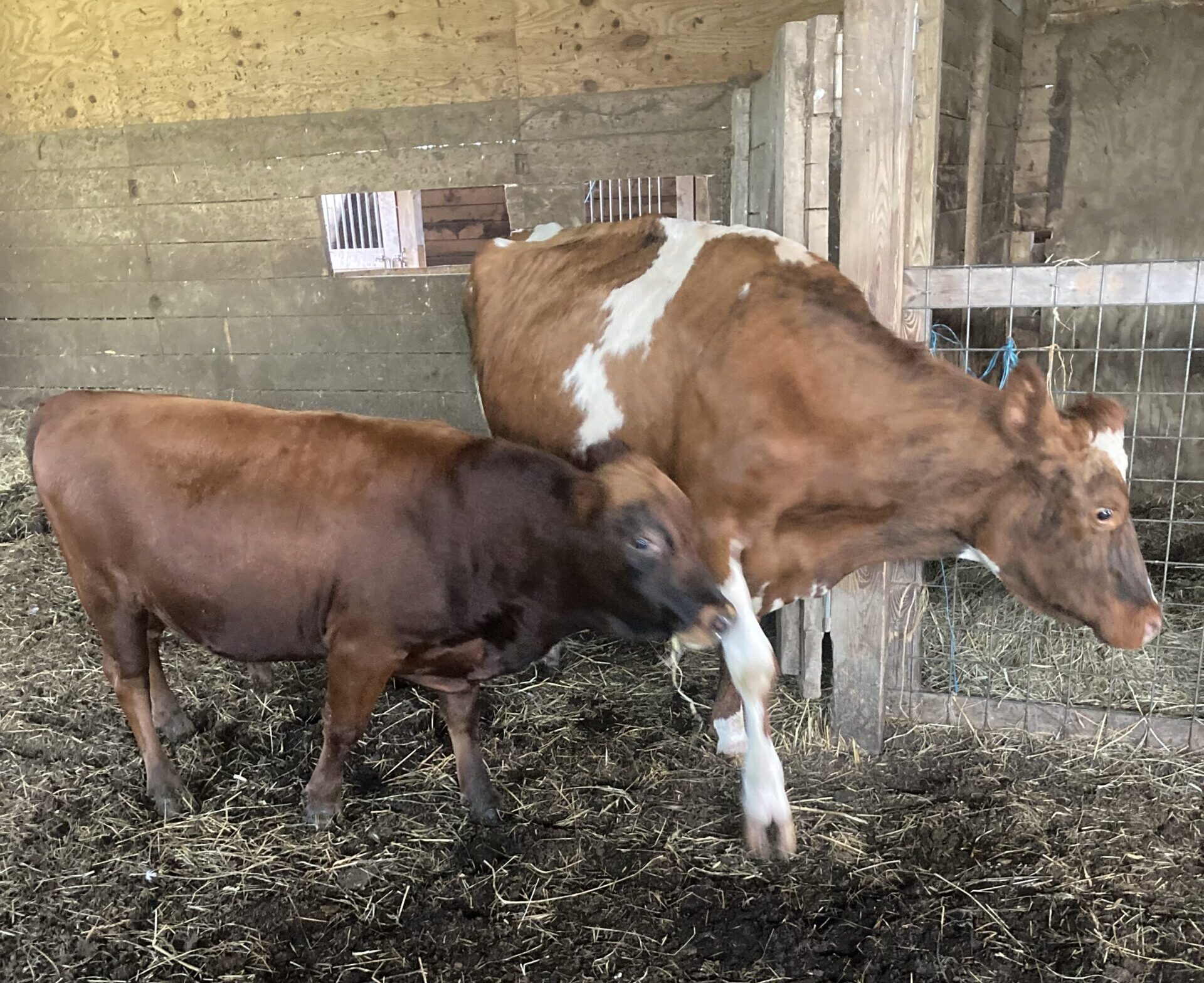When raising cattle, you’ll hear different cattle herd terminology along the way. Some terminology comes from the industry, while other terminology is handed down from generation to generation. The following list of cattle terminology are some I’ve learned and confused along the way. If you’ve heard of others, please let me know through our contact form so we can add them.
artificial insemination (AI):
Instead of using a bull for breeding, some cattle owners will use artificial insemination to breed their heifers and cows. Straws of semen are used to breed the cow or heifer.
annual cow cost:
How much it costs to keep a cow. Some use this term across the board for their cows, heifers, calves and bulls.
auction:
An auction is where owners can bring their cattle, livestock, and other things to be auctioned off to the public. The highest bidder wins the item or livestock.
average daily gain:
The average amount of weight an animal gains in a day. It’s a measurement used by the industry to track how fast an animal is growing.
beef:
Meat from bovine or cattle that is 1 years old or older.
birth weight (BW or B.Wt.):
What the calf weighs within the first 24 hours of their life.
bloat:
An abnormal condition characterized by a distention of the rumen, usually seen on the left side of the animal. Bloat is caused by an increase in the gas pressure within the rumen as the feed becomes fermented.Bloat if often caused by too rich of a diet such as grain. It can also be caused when animals are first put on pasture with lots of clover. Having hay available at all times may help prevent bloat in your animal.
bovine:
Bovine is another name for cattle.
bred:
When a heifer or cow has become pregnant either by a bull or artificial insemination.
bred back:
When a cow is still nursing a calf and has been bred again.
Brucellosis or Bang’s disease:
Is a contagious bacterial disease. It can lead to the animal aborting it’s young.
bull:
Is an intact (he hasn’t been castrated) male bovine which is able to breed.
calf:
A male or female bovine under the age of 1.
calving season:
The time of the year or season when calves are born. This can vary from farm to farm depending on the farm’s needs, weather and housing.
castrate:
When a bull’s testicles are removed, usually by cutting or banding so they can not breed. Once a bull is castrated, it is considered a steer.
cattle:
Is the plural form of cow, as in either sex of the bovine family.
closed herd:
Is a cattle herd where no outside breeding stock is added. All breeding is accomplished through animals already in the herd or on the same property.
continuous grazing:
Is when animals have access to grass, alfalfa, and mixed greens through the grazing season.
cow:
A female bovine that has already had a calf is called a cow. However, any single bovine can also be called a cow regardless of sex.
cull:
To eliminate one or more animals from the breeding herd. Normally, animals are culled to downsize a herd or to get rid of unwanted traits within the herd. Animals that are culled are sold to another farm, taken to auction, or butchered for meat.
dam:
Is the female parent of a calf.
dehorned:
When a bovine who is born with horns has them removed. Most cattle are dehorned when they are a few days old. There are different methods including burning and paste on the area which doesn’t allow the horns to grow. Most farms that dehorn due it for safety reasons of the humans and other cattle.
feedlot:
Is a farming enterprise in which cattle are fed grain and other concentrates for usually 90-120 days or more to get them to size for butchering. Feedlots range in size from less than 100-head capacity to many thousands. Feedlots are generally crowded and animals are not raised in a nature or organic setting.
freshen:
Freshen or freshening refers to the cow or heifer giving birth. Some call it calving.
grain finished:
Is when an animal is finished being raised on grain rather than on pasture. Some people grain feed for the last 90 or 180 days without being on pasture. A true grass-fed cow never gets grain.
grass fed:
There are different definitions of grass fed for cattle. Any animal that is on pasture and grass can be referred to as grass fed. However, 100% grass fed means the cattle doesn’t receive any grain in their life, only grasses and hay.
gestation:
Refers to the time from conception until the female gives birth. Cattle gestation is approximately 279 to 290 days.
heifer:
A female bovine between the ages of birth and prior to delivering their first calf is referred to as a heifer. Some refer to female bovine a year or less as heifer calves, and animals older than a year as just heifers.
heterozygous:
Is a gene designation which refers to the animal possessing 2 unlike genes for a specific trait.
homozygous:
Is a gene designation which refers to the animal possessing 2 like genes for a specific trait.
market niche:
A specific target market which the producer concentrates on for selling their animals, meat, and milk. For instance, health food, organic, grass fed, restaurants, etc.
pasture management:
Is the philosophy and practice of managing the grass in the pasture for the animals through rotational grazing.
polled:
Refers to the physical lack of horns due to genes. Some cattle, such as the Irish Dexter, can be physically polled, but carry one horned gene.
purebred:
An animal which meets all requirements of its breed and is registered with the specific breeds registry. Some breeds have more than one registry.
scours:
Is when an animal has diarrhea or a profuse watery discharge from the intestines.
scurs:
Are small growths of hornlike tissue attached to the skin of a dehorned animal. Scurs are bone like small growths where horns should have grown. Some scurs can easily be detached, while others cannot.
sire:
Is a male bovine parent also known as the bull.
steer:
A castrated male bovine or cattle.

